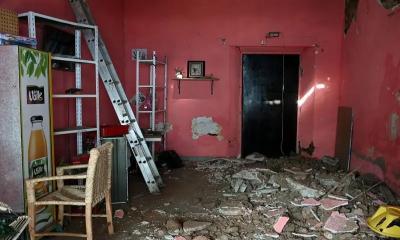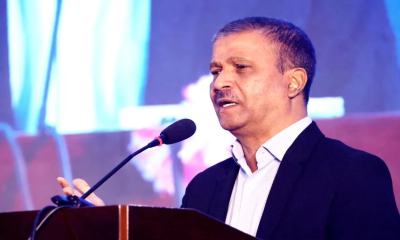Prime Minister Sheikh Hasina on Monday directed the authorities concerned for restoration of all canals in capital Dhaka and its adjoining areas as well as Buriganga, Shitalakshya, Turag and Balu rivers as soon as possible.
She gave directives at a meeting on the presentation of the survey report and the policy decision for the adoption of the related project in the light of the master plan designed to prevent pollution and protect the navigability of the rivers around Dhaka at the cabinet room of her office (PMO).
Prime Minister`s Press Secretary Ihsanul Karim briefed the reporters after the meeting.
At the meeting seven hotspots have been identified for restoration of rivers and canals in and around Dhaka.
These are: Gazipur, Garanchatbari, Savar, Purbachal, Kalyanpur, Narayanganj and Kamrangirchar.
The prime minister directed to take up integrated projects on priority basis in these seven identified hotspots, and advised to implement this hotspot strategy later across the country gradually.
Principal Secretary to the Prime Minister M Tofazzel Hossain Miah presented the report at the meeting.
At the meeting, a decision was taken to form a National Council headed by the Prime Minister.
In addition, another decision was taken to form a technical and coordination committee headed by the Principal Secretary to the Prime Minister as well as an implementation committee based on the respective ministries.
Earlier, while speaking at the meeting, Sheikh Hasina directed to stop river pollution, saying the rivers will have to be saved to protect the country.
"We have to save our rivers if we want to save Bangladesh," she said.
She mentioned that the rivers are for Bangladesh, just like body’s veins for blood circulation.
“Survival of Bangladesh also depends on this river,” she said.
Pointing out various steps taken by her government to stop river pollution, encroachment and restoration of navigability in the past years, the prime minister said, after coming to power, they always have tried to protect the rivers and restore their navigability.
She said that the unplanned lower-height bridge has created obstacles to the navigation.
“…those bridges have been beneficial for the people. But at the time of construction the issue of water vessels movement was not taken into consideration. That’s why the problem for navigation cropped up after we started dredging the rivers and these bridges are a hindrance.”


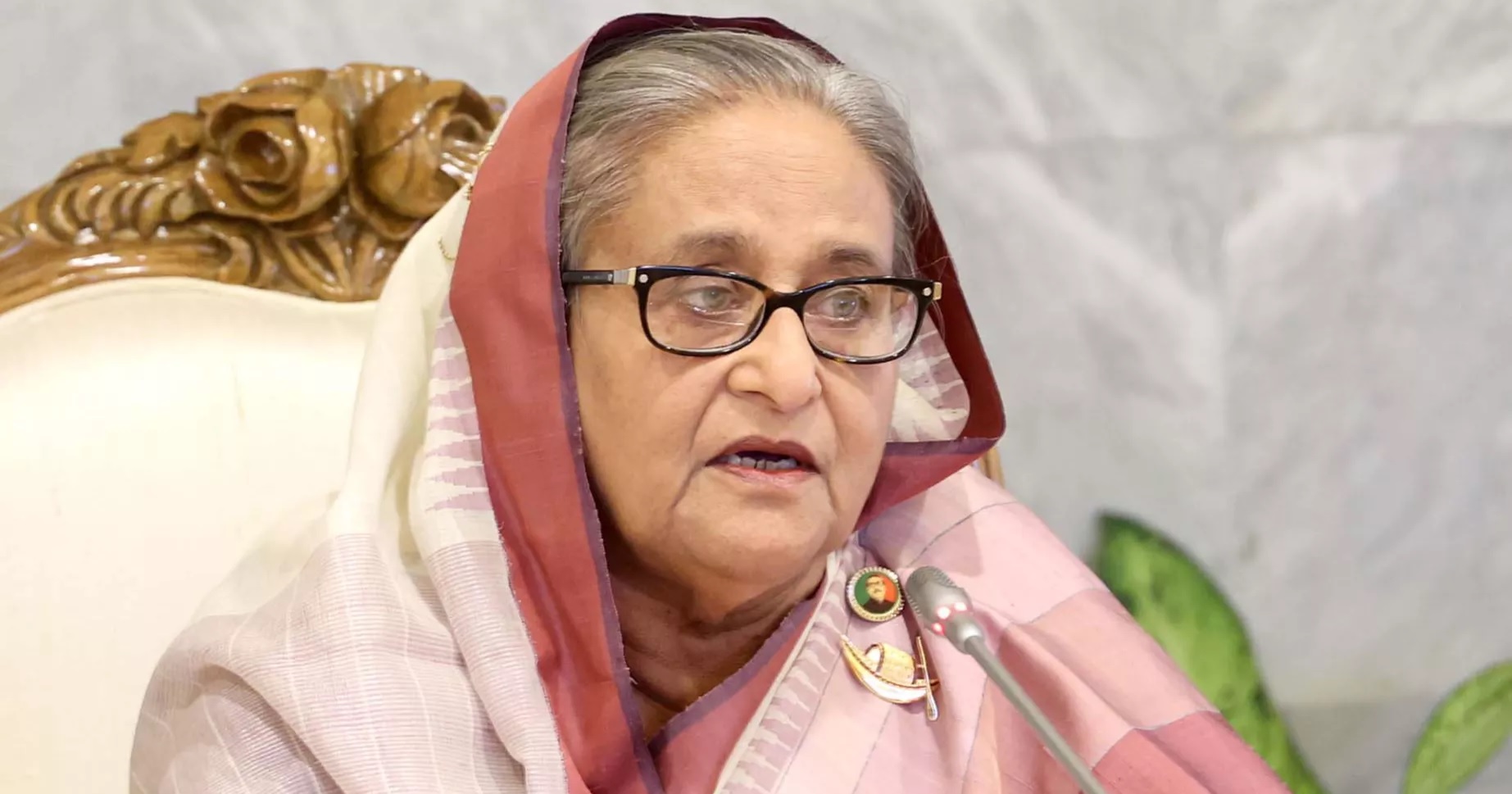

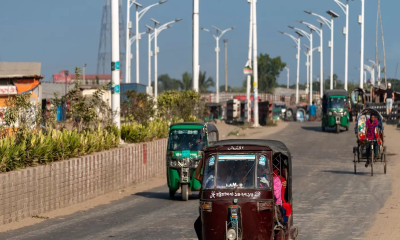
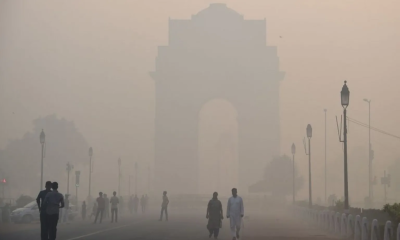
-20251226051932.jpeg)
-20251222051606.jpeg)
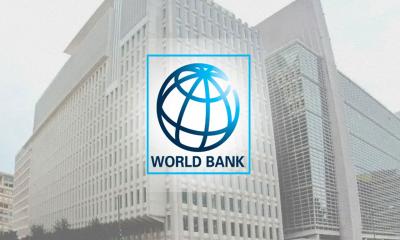
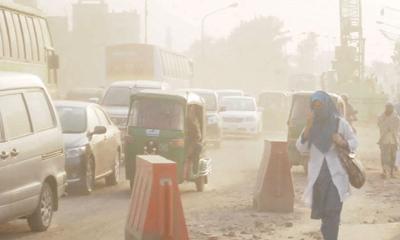
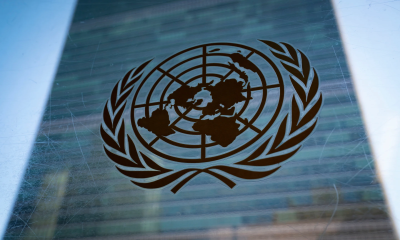

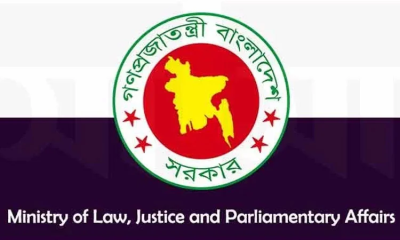




-20260107111805.webp)
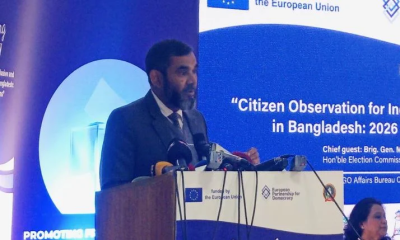

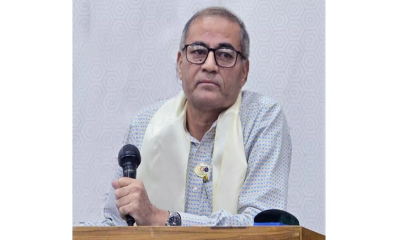
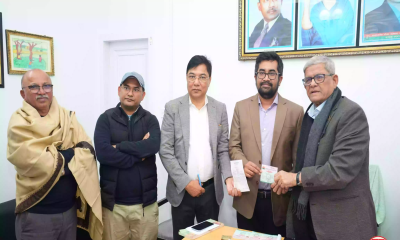

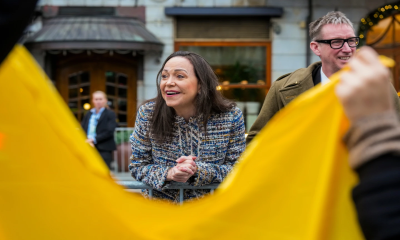
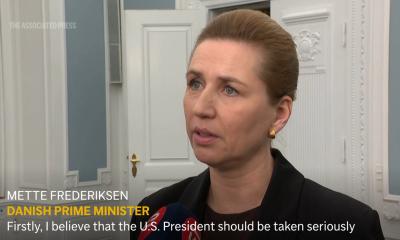
-(2)-20260102070806.jpeg)

-(25)-20251122062715-20260105041159.jpeg)
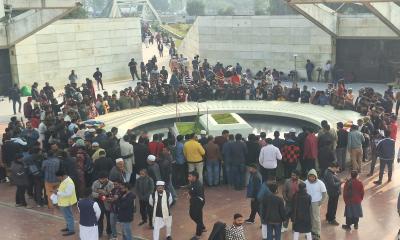
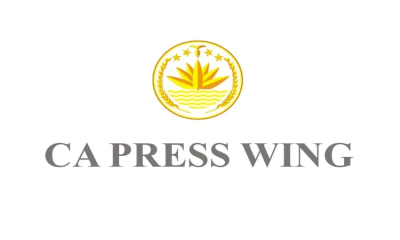

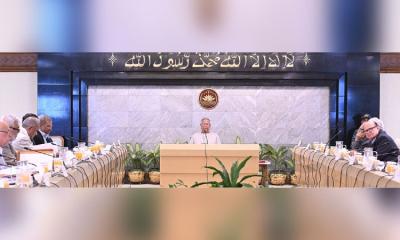
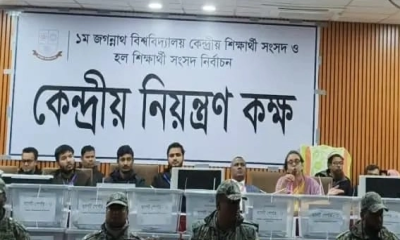
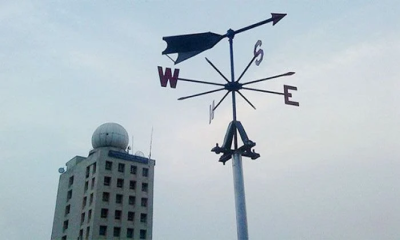

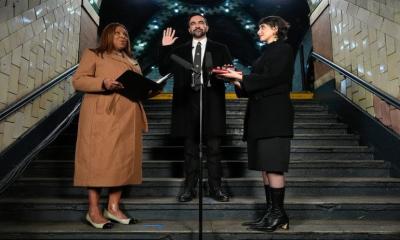
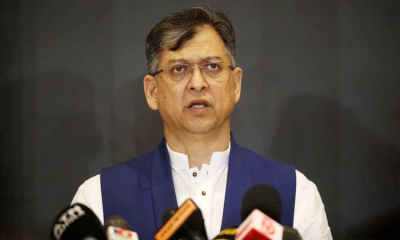
-20260103102222.webp)
